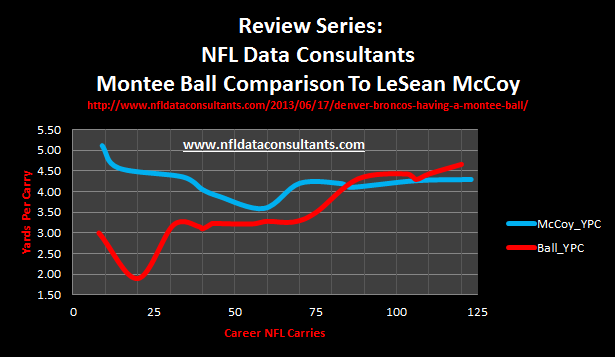Braden Abshire of NFL Data Consultants finished development of a rating system similar to the QB Rating and ESPN’s QBR rating systems. The NDC Win Rating system was superior by about 3% on ESPN’s QBR and 8.5% on the NFL’s QB Rating. It was also superior when compared to some other variations of rating systems out there. It tested at over 96% in the test set, and was validated at over 88% when tested on over 3200 NFL Games.
The NDC Win Rating system provides a rating for each side of the ball, and then the differential is the final team rating. In the NFL, 10 of the top 11 teams made the playoffs. The lone team to miss from that group was the Buffalo Bills, who finished ranked #9 in the NDC Win Rating and had 9 wins on the season.
The NDC Win Rating System is a useful tool in other areas. It can be a beneficial tool for strategy, gameplanning, and decisions. It can also identify under the radar coaches at the NFL or NCAA levels. This is a useful tool for NFL organizations and NCAA schools that want to interview rising candidates in the coaching ranks. Please note that this is only a tool as the selection of a coach also depends on organizational fit, but it can help determine the coaches that are worth talking to in order to determine fit with your football organization or program.
In following how the NDC Win Rating system would work at the College Football Level, the results have been incredibly strong with the NDC Win Rating system. The top 7 teams using seasonal ratings all won their bowl games, and teams #8, #9, and #10 all lost to top 7 teams. Ohio State was #1 and Oregon #3 heading into the games. Oregon has a large gulf between their offensive and defensive ratings, finishing #1 in offense, #54 in defense thus creating a gulf score of 53. Ohio State is #3 in offense, #8 in defense with a gulf score of 5. Like standard deviations, this suggests that Ohio State is more consistent, but it also suggests that Oregon has more pressure to hold their offensive rating or to significantly lift the defensive rating in the upcoming game.
Oregon entered the game with a +26.58 rating differential over Florida State. In the game itself, Oregon finished +35.67. Ohio State entered the game with a +17.16 differential advantage on Alabama for the season. In the game itself, Ohio was +12.67 over Alabama. At halftime Ohio State was +18.66 despite being down by a point. Please feel free to follow NFL Data Consultants on Twitter.
NFL Data Consultants is looking for a sponsor for the NDC Win Rating System. Please contact me if you are interested.
